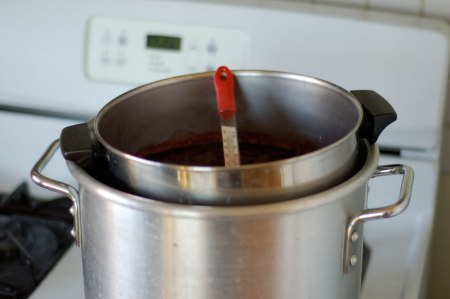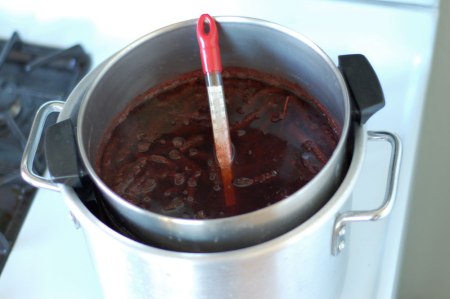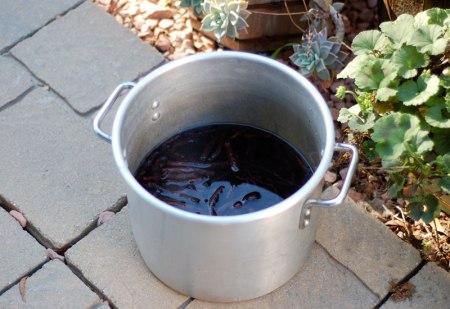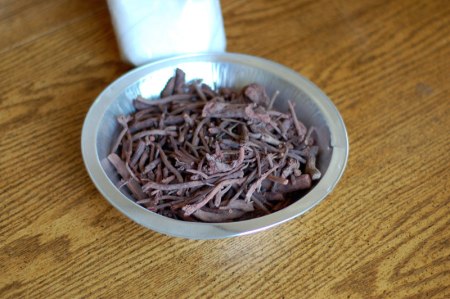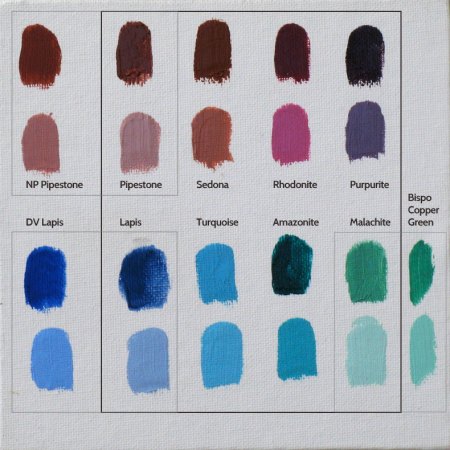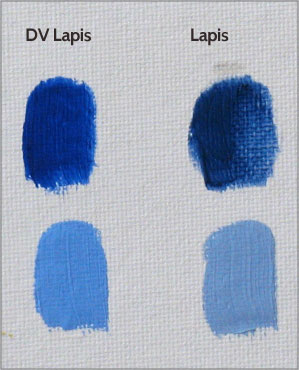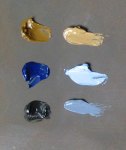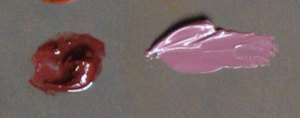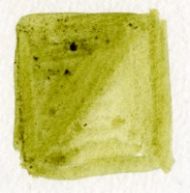Previous post: How to Make Madder Lake, part 1.
The second secret.
There’s actually another little ‘secret’ to making madder lake, this one a bit more of an open secret, but something very important to keep in mind. It is this: you can’t just boil madder up the way you can with carmine lake or most other dyestuffs. The alizarin color in madder is destroyed by high heat, so you can’t turn the temperature up over 170ºF or thereabouts. However, the dye will not emerge from the roots unless it’s heated, so your job is to get the temperature up to between 120ºF and 140ºF, and keep it there.
(Note: the vulnerability of madder to high heat is something I’ve read from numerous sources. However, more than once I’ve accidentally allowed the temperature of the dyebath to briefly stray up toward 200 degrees, and it hasn’t seemed to hurt the resulting color much. There are many different experiments I have in mind for madder lake production in the future; one of those experiments is to give the dyebath a really good boil, to see if it really does kill the color or not. But for the time being, I’m following the recommendations about temperature control as well as I can.)
Here’s the procedure:
After the last soak and straining, put the wet roots into a cooking pot big enough to hold them, and cover the roots with water – this will be henceforth referred to as the ‘dye bath’. Water: the first time I did this, I used distilled water for everything. It wound up being a lot of distilled water! Nowadays I just use tap water, and it seems to be fine. If you want to be a bit more careful, use distilled water for the initial dye bath, and then regular old tap water for everything else.
Then make a double boiler by putting this pot into a larger pot that also contains water. This way you’ll be able to control the temperature more easily. Also: the bigger the pots in question – and more specifically, the more water is in them – the easier it is to control temperature and keep it steady. Here I have this contraption cooking low on a gas stove:
A thermometer goes into the dye bath. Here I’m using a big thermometer I bought at a beer brewing supply shop – another activity that requires good temperature control! (I have acquired a slow cooker with temperature control, at some point I will try making madder lake in this, rather than the makeshift double boiler.)
Yet another little ‘secret’ to making madder: it takes a while! Cooking up carmine or weld lake takes an hour, maybe two; madder takes a couple of days at its lower temperature. At night, or when I’m out of the house, I cover the pot and turn the stove off, and turn it back on first thing when I wake up or return home. You may need to add extra water periodically to one pot or the other.
I cook the roots for about a day, then add alum to the dye bath. Alum: in my previous posts, I wrote that we were beginning with 10g of alum, but that was an error – I was confusing two different recipes in my head. I’m actually using 30g of alum here. I’ve corrected the other posts.
Take the 30g of alum and pour it into the dye bath. I like to dissolve the alum in its own warm water before adding it in, but this isn’t necessary. Then cook the dye for another day or so.
When you dip a piece of paper or paper towel into the dye bath after a few days, it should now come out a juicy, rich red. In the pic below, you can see how red the bath looks after a couple of days. This is the red you want, the alizarin! Time for the next step.
